
In recent years, the construction industry has come under increasing pressure to reduce its carbon footprint and promote sustainability. To this end, many innovative materials and technologies have been developed to reduce the environmental impact of construction. In this blog post, we will take a closer look at some of the latest materials that are helping to build a more sustainable future.
- Cross-Laminated Timber (CLT)
Cross-laminated timber (CLT) is an innovative material made from layers of wood that are glued together to create a strong, lightweight and sustainable alternative to traditional building materials. CLT is not only renewable and biodegradable, but it also has a significantly lower carbon footprint than concrete and steel. It is also highly versatile and can be used in a range of construction applications, including walls, floors, and roofs.

- Hempcrete
Hempcrete is a sustainable building material made from a mixture of hemp fibers, lime, and water. This material is lightweight, fire-resistant, and provides excellent insulation, making it an ideal choice for sustainable construction. Hempcrete is also non-toxic and biodegradable, making it an environmentally friendly alternative to traditional building materials.
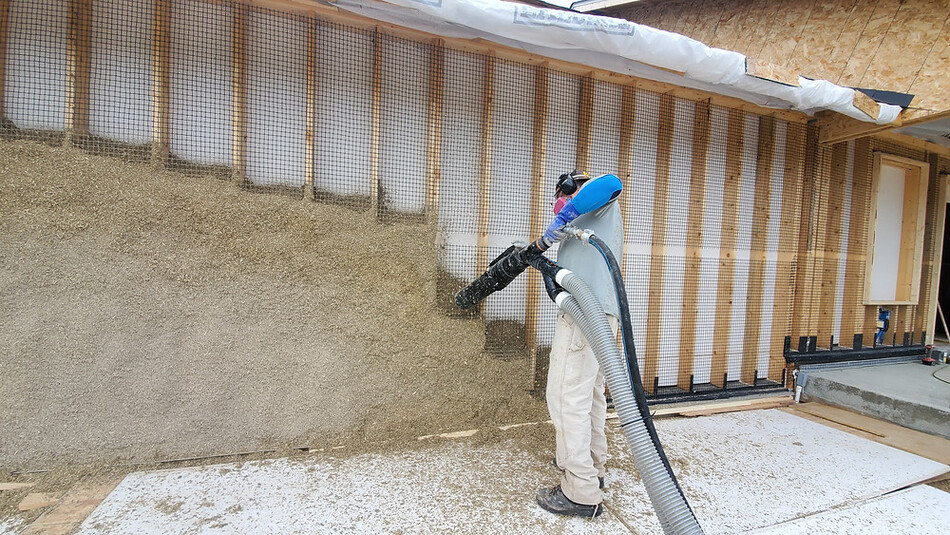
- Aerogel Insulation
Aerogel insulation is a highly effective insulation material made from a gel that has been dried to create a solid, porous material. Aerogel insulation has a high thermal resistance, which means it can provide excellent insulation while using a minimal amount of material. This material is also highly sustainable, as it is made from silica, which is an abundant and renewable resource.
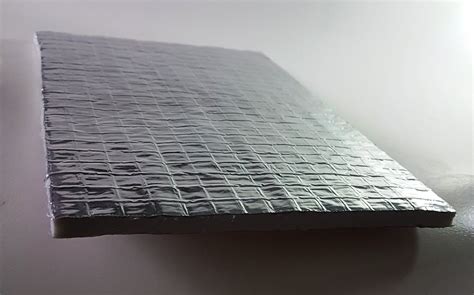
- Recycled Plastic Timber
Recycled plastic timberis a sustainable building material made from recycled plastic waste. This material is highly durable, resistant to moisture and insects, and requires little maintenance. It is also a sustainable alternative to traditional lumber, as it is made from recycled materials and is fully recyclable at the end of its life.
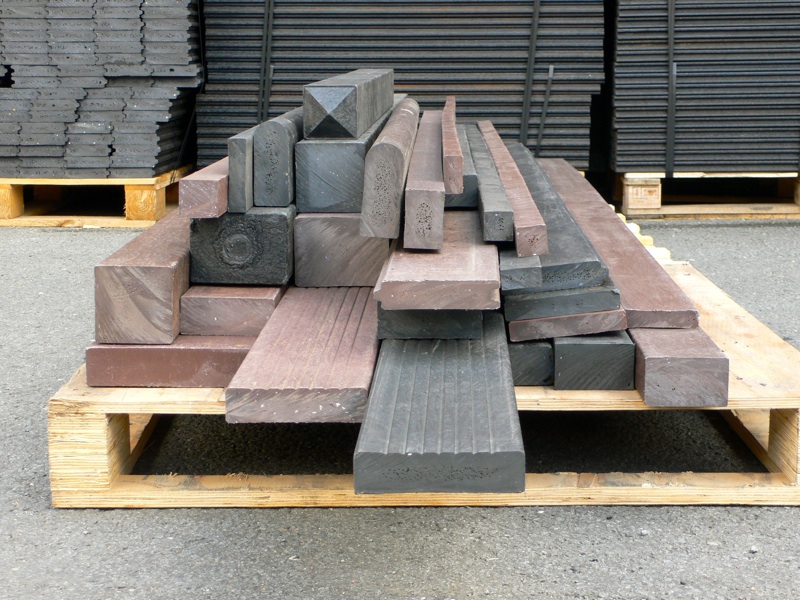
- Geopolymer Concrete
Geopolymer concrete is a sustainable alternative to traditional Portland cement-based concrete. It is made from industrial waste materials, such as fly ash and slag, which would otherwise be sent to landfills. Geopolymer concrete has a significantly lower carbon footprint than traditional concrete, making it an ideal choice for sustainable construction.
In conclusion, the construction industry is constantly evolving, and new sustainable building materials are being developed all the time. From cross-laminated timber to recycled plastic lumber, these materials are helping to reduce the carbon footprint of construction while creating more sustainable and resilient buildings. By adopting these new materials and technologies, we can build a more sustainable future for all.
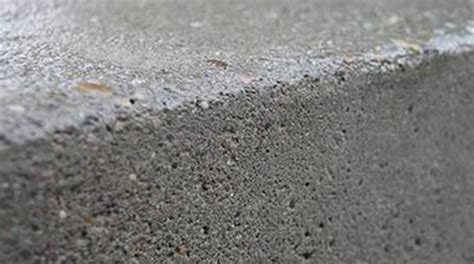
Heating & Cooling
In addition to innovative building materials, the construction industry is also exploring new technologies to reduce energy consumption and promote sustainability. Here are some of the latest developments in solar panels, hot water heaters, and air conditioning.
- Improved Photovoltaic Panels
Photovoltaic (PV) panels are a well-known technology for harnessing solar energy to produce electricity. Recent advancements in PV panel technology have led to increased efficiency, better durability, and reduced costs. For example, some manufacturers have developed flexible and lightweight PV panels that can be easily installed on various surfaces. Other improvements include using advanced materials, such as perovskite, to create more efficient PV panels. These developments are making solar energy more accessible and cost-effective for building construction.
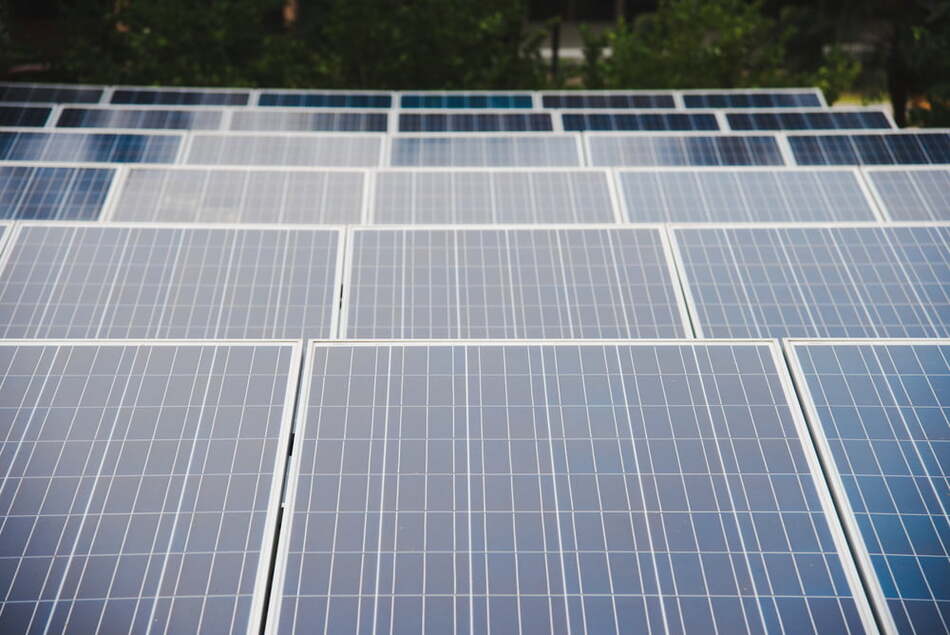
- Heat Pump Hot Water Heaters
Conventional hot water heaters typically use electricity or natural gas to heat water, which can be expensive and contribute to greenhouse gas emissions. Heat pump hot water heaters are an innovative alternative that use electricity to transfer heat from the surrounding air to heat the water. This technology is highly efficient and can reduce energy consumption and carbon emissions by up to 70%. Heat pump hot water heaters are becoming more popular in residential and commercial buildings, and many manufacturers are offering this technology in various sizes and capacities.

- Smart Air Conditioning
Air conditioning systems are essential in many buildings, but they can also consume a lot of energy and contribute to climate change. Smart air conditioning systems are an innovative solution that uses sensors, algorithms, and automation to optimize energy usage and reduce carbon emissions. These systems can adjust the temperature and humidity based on occupancy, time of day, and weather conditions, resulting in energy savings of up to 30%. Smart air conditioning systems can also be controlled remotely through mobile apps, which makes it easier to manage and monitor energy usage.

In conclusion
The construction industry is constantly evolving, and new technologies are being developed to reduce energy consumption and promote sustainability. From improved photovoltaic panels to heat pump hot water heaters and smart air conditioning, these innovations are making it easier and more cost-effective to create energy-efficient buildings. By adopting these new technologies, we can reduce our carbon footprint and create a more sustainable future for generations to come.
References:
- Energy.gov. (2022). Solar Photovoltaic Technology Basics. Retrieved from https://www.energy.gov/eere/solar/solar-photovoltaic-technology-basics
- Energy.gov. (2022). Heat Pump Water Heaters. Retrieved from https://www.energy.gov/energysaver/heat-pump-water-heaters
- Energy.gov. (2022). Smart Thermostats and HVAC Systems. Retrieved from https://www.energy.gov/energysaver/smart-thermostats-and-hvac-systems


Love it Steve – great article!
hope you, Maude and the team are going well!